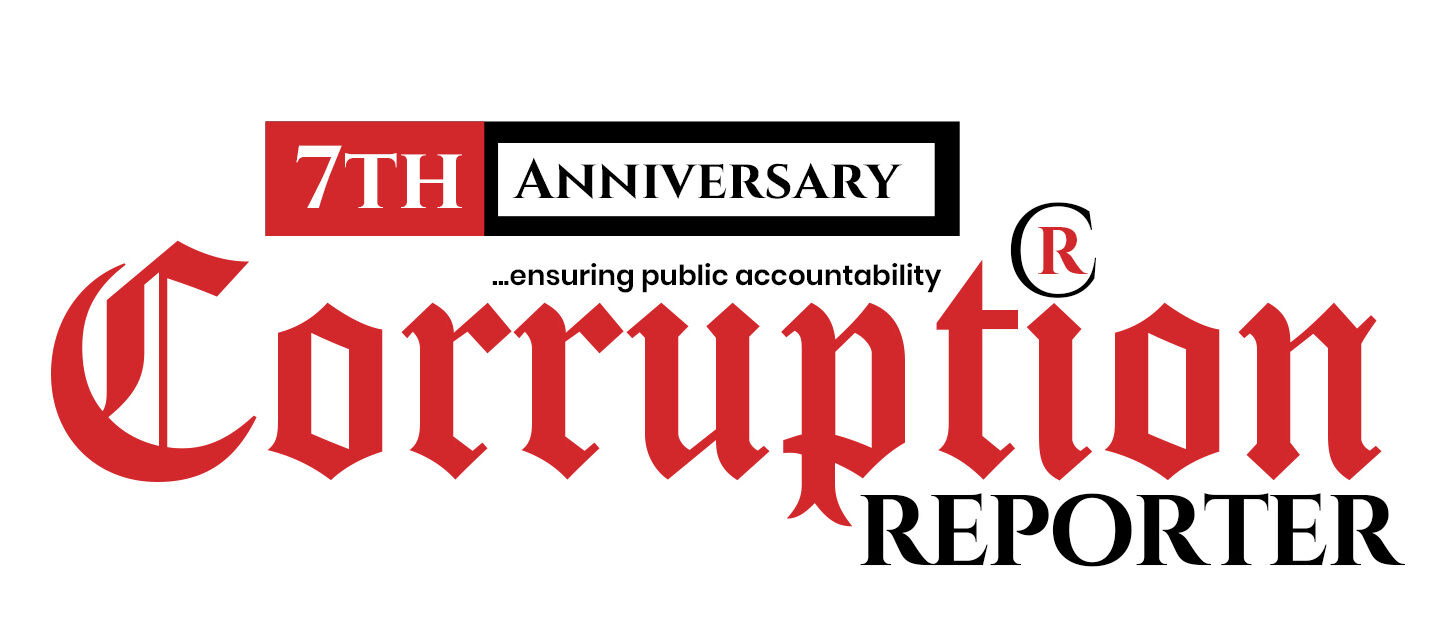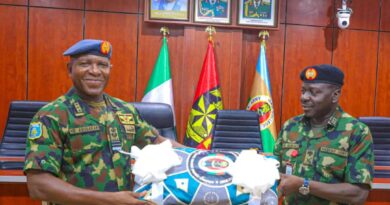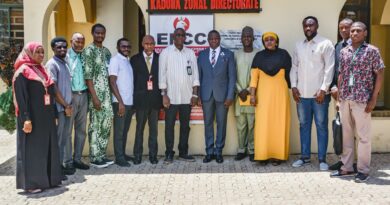Naira could reach ₦2000 per dollar by 2025 — Report
The Nigeria Macroeconomic Outlook for 2025 has predicted that the naira could sell for N2000 per dollar in a worst-case scenario, while both currencies may exchange for about N1790 in a best-case scenario.
The Macroeconomic Outlook, released yesterday in Abuja by Veriv Africa, a data insights, research, and advisory company, also forecast a 3.6 percent Gross Domestic Product (GDP) real growth rate in 2025.
The body, focused on providing comprehensive insights into Nigeria’s economic and political landscape through rigorous study and diverse expert perspectives, also revealed a GDP growth rate of about 2.5 percent in a worst-case scenario.
Veriv Africa Co-founder, Basil Abia, who made the revelation in Abuja during the unveiling of the 2025 outlook of the macroeconomic landscape of the country, said the research also put the aggregate inflation rate for 2025 at 31 percent, while the price for Premium Motor Spirit (PMS) may rise to N1100 per litre.
He said, “For the best-case scenario, we are going to be able to get a 3.6 percent GDP real growth rate. Outside of that, we are also going to be doing N1790 naira per dollar. And then with regards to PMS, we are going to be seeing PMS prices of over N1200 per litre.
“We are also foreseeing that GDP growth rates will just be around 2.5 percent or 2.53 percent, to be more specific, or around 2.6 percent in the worst-case scenario. We are also foreseeing inflation rates at 36 percent, which is a slight reduction.
“Well, not a reduction, because, in all honesty, the aggregate inflation rate for the entirety of 2024 would be around 33 percent, so a 36 percent headline inflation rate next year is a significant increase, which basically means that our bills will be further tightened.
“Now, for the worst-case scenario, this is the one that a lot of people are praying doesn’t happen. We are foreseeing the dollar going for N2000 naira per dollar.”
He added that the organisation is working hard to provide policymakers with more nuanced and in-depth coverage of local happenings compared to economic reports by the International Monetary Fund (IMF), the World Bank, and the African Development Bank (AfDB).
He added, “We are trying to give policymakers more nuance, more in-depth coverage across the board for them to plan with, in terms of policy implementation, programmatic design, and policy ideals. The difference between our outlook and the outlook of the IMF is the depth and local context.
“Our macroeconomic model is very sound. We also complement that with very sound qualitative data. We did a lot of coverage in mining. We carried out key interviews with mining experts and mining players.”
Earlier in her remarks, Managing Director of Veriv Africa, Omotayo Faro, explained that the initiative was born from the belief that data-driven decision-making is key to unlocking Nigeria’s full potential.
According to Faro, the 2025 macroeconomic outlook is a result of meticulous research and analysis by a team of experts and provides a comprehensive overview of the key economic trends, challenges, and opportunities Nigeria will face in 2025.
She noted that the research is designed to empower Nigerians with the knowledge they need to navigate the complex economic landscape in Nigeria and make important decisions.
“We hope that this outlook will serve as a valuable resource for policymakers, stakeholders, businesses, and investors. We are committed to continuing to provide high-quality research and analysis to help shape Nigeria’s future,” she said.




